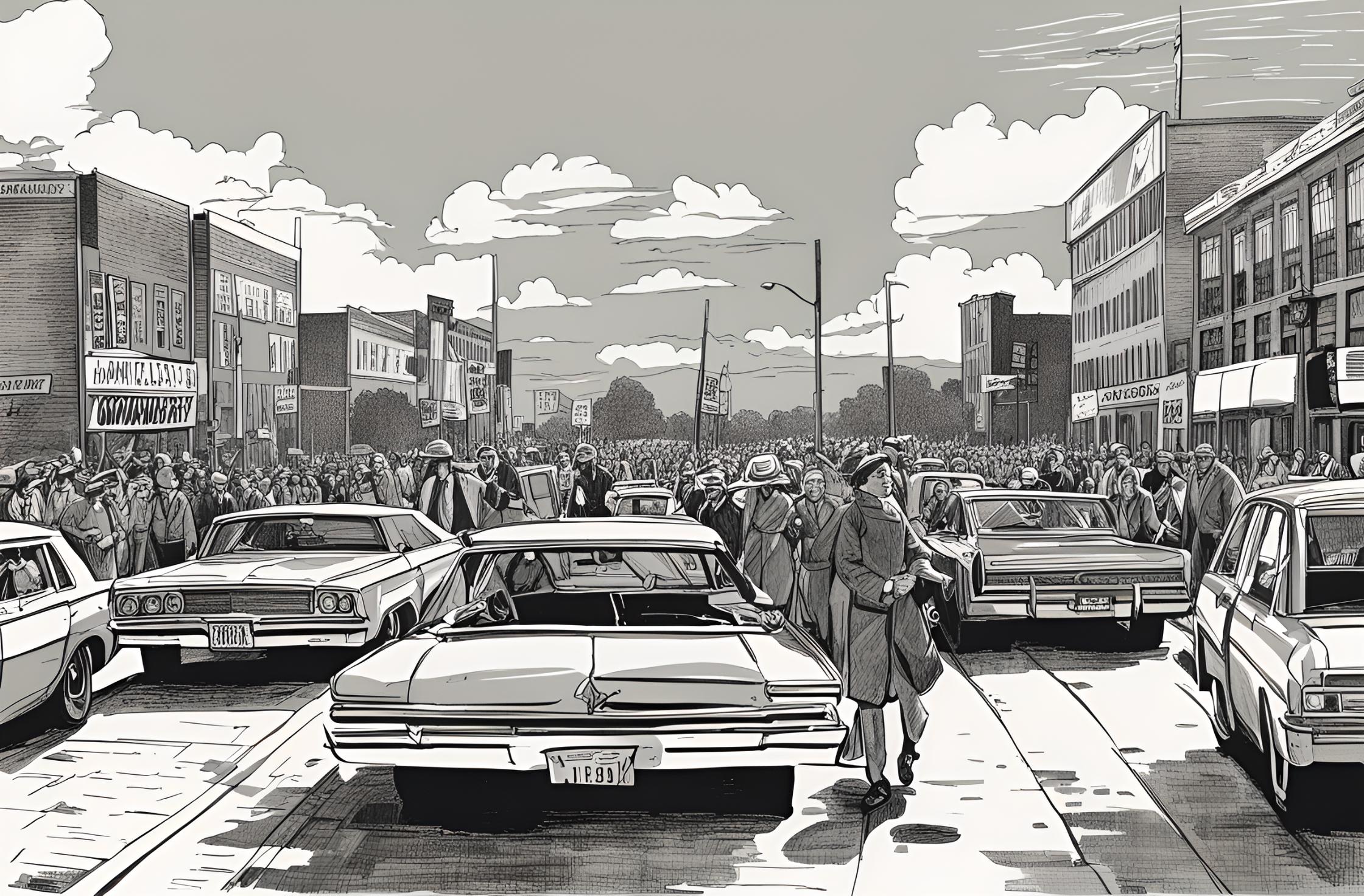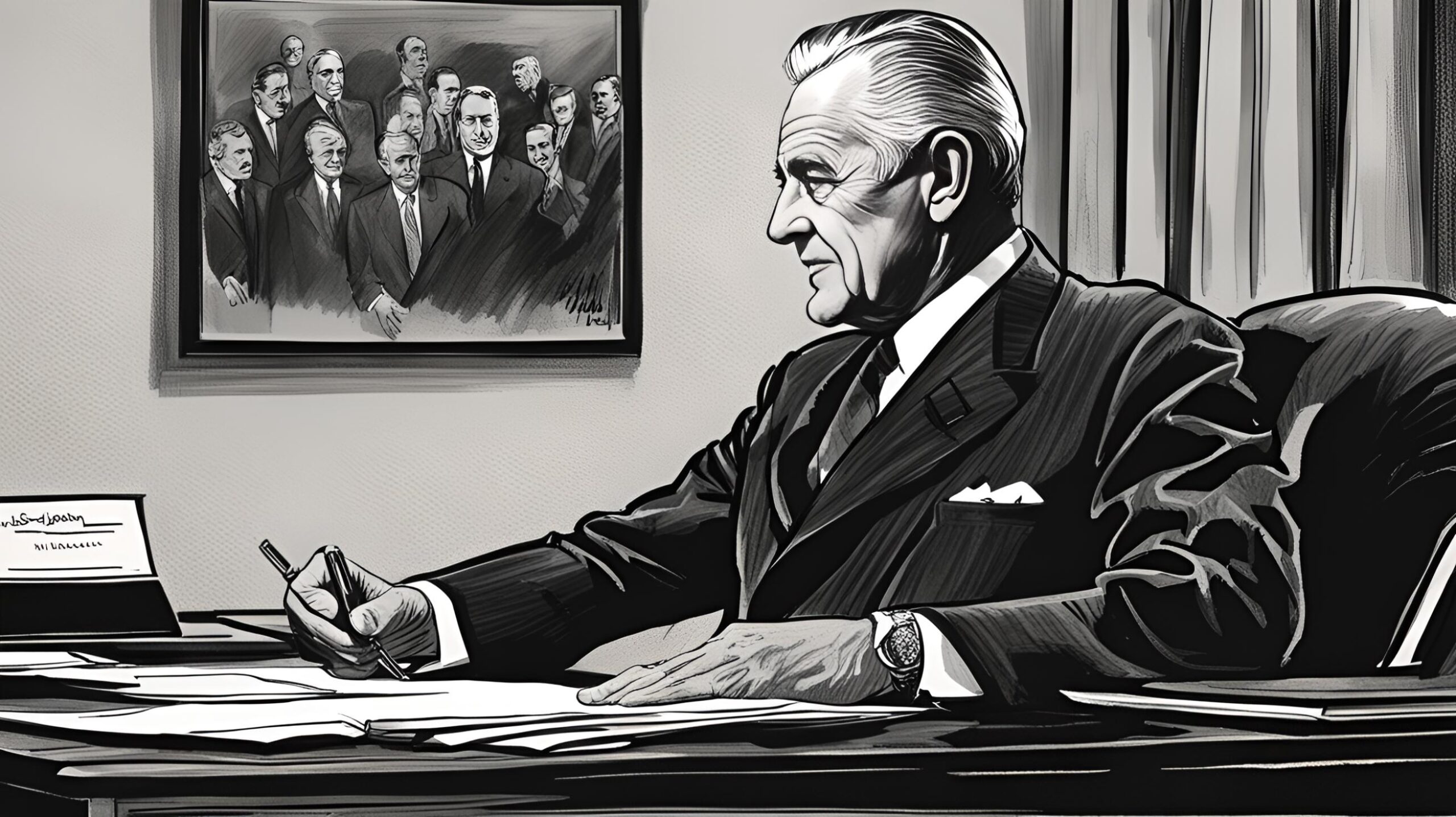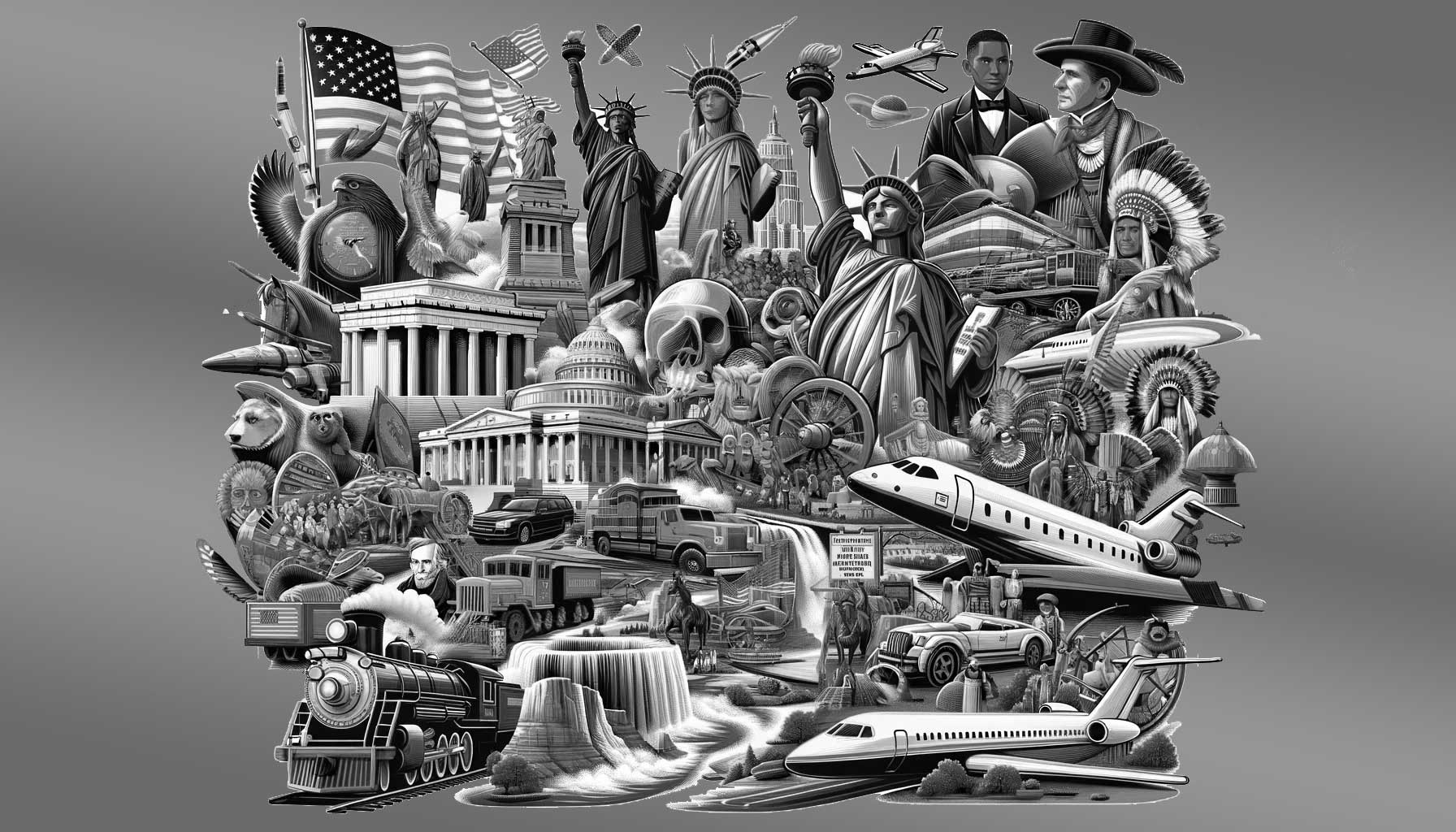Flashback to November 27
American History

On November 3, 1979, a chilling episode of violence was etched into the annals of Greensboro, North Carolina history, an event now known as the “Greensboro Massacre.” This distressing event occurred during a “Death to the Klan” rally, organized by the Communist Workers Party (CWP). The rally ended in bloodshed, five members of the CWP were fatally shot, and seven others were injured by a group of Klansmen and neo-Nazis.
The Greensboro Massacre underscores a significant chapter in the story of civil rights and political turbulence in the United States. This incident became emblematic of deep-seated racial tension, political ideologies, and the ongoing struggle for racial equality prevalent in the late 20th century America.
The Communist Workers Party, in the late 1970s, was a robust vocal advocate for labor rights and racial equality. The CWP took an ardent stand against the Ku Klux Klan, a white supremacist hate group, which had a long history of propagating violence and racial bigotry. The “Death to the Klan” rally was a direct reaction to their activities.
The rally was organized in Greensboro, a city ingrained with a rich yet complex racial history. However, it tragically ended in violence when a convoy of cars filled with Klansmen and neo-Nazis drove through the crowd of demonstrators. The attackers, armed with an array of weapons, launched an onslaught that lasted a brief span but with grave consequences. The sheer brutality of the attack left five members of the Communist Workers Party dead—Sandra Smith, Cesar Cauce, Michael Nathan, William Sampson, and James Waller—and seven others were severely injured.
After the Greensboro Massacre, the event stirred not only local but also national controversy. Many advocated for justice for the deceased and the wounded, while others deliberated on the escalating racial and political tension in the country. Notably, the Greensboro massacre case resulted in two criminal trials where the killers were acquitted by all-white juries, which further fanned the flames of racial discord.
In the aftermath of this event, conversely, it prompted a deeper investigation into the involvement and roles of various law enforcement agencies on that fateful day. Many raised questions about the absence of police presence during the rally, although it was known that the Klan might counteract. The city of Greensboro eventually acknowledged some responsibility for the lack of police protection in 1980, while the civil rights trial of 1985 revealed that federal agents had inflamed tensions by sharing a map of the march route with the Klan.
Despite the passage of several decades, the Greensboro massacre remains a crucial part of the American civil rights narrative. This event accentuates the deep-rooted racial tension that prevailed in the United States in the late 1970s. It also underlines the significant role that events surrounding the Communist Workers Party and the “Death to the Klan” rally played in shaping America’s ongoing conversations about race, ideology, and justice.
We strive for accuracy. If you see something that doesn't look right, click here to contact us!
Sponsored Content

Vietnam War: The Pentagon…
On November 27, 1965,…

New York’s Pennsylvania Station…
Experience the grandeur of…

First signal box for…
On November 27, 1890,…

Side-wheeler “Portland” sinks off…
A maritime tragedy unfolded…

First permit issued to…
"Curtis Brady made history…

US Senate votes 92-3…
On November 27, 1973,…

